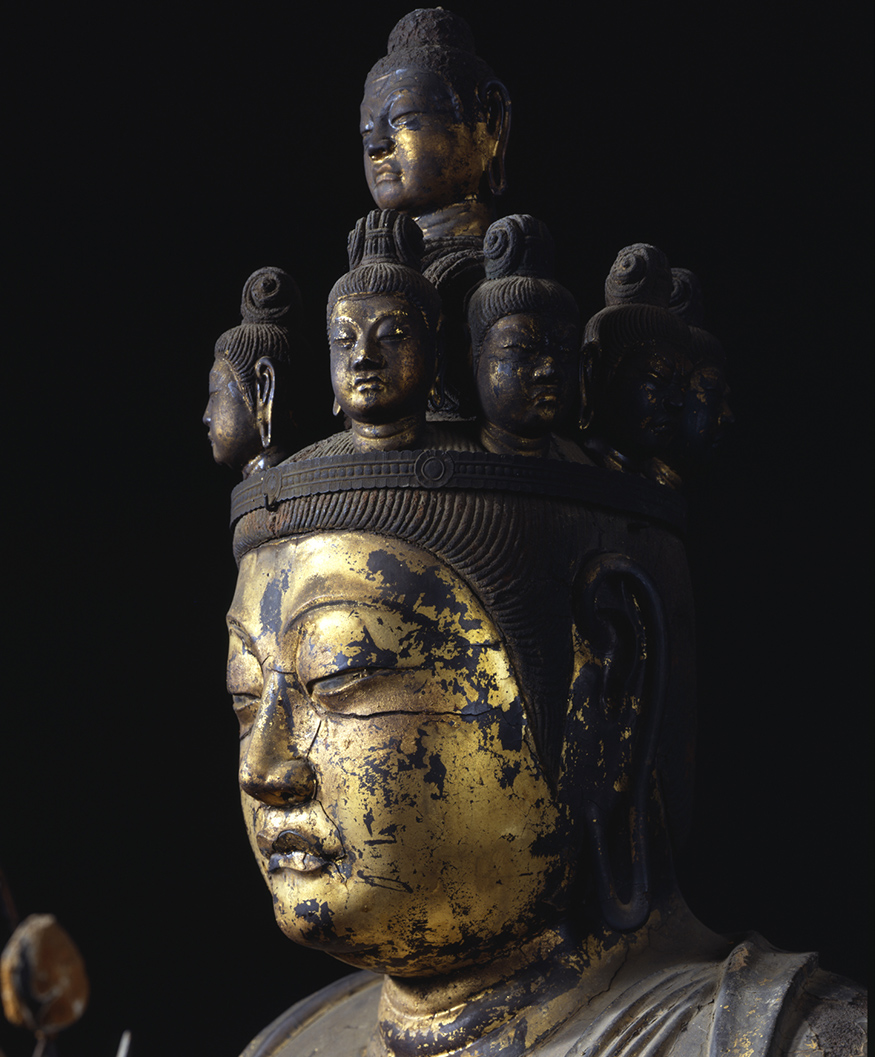Welcome to our newsletter, dear reader,
• Our first new library addition this month is a long overdue page on the Emerald Tablet of Hermes Trismegistos, the acknowledged foundation and symbolic framework of the whole of Arabic and European alchemy from late Antiquity and through the Middle Ages. We present Latin and Arabic versions with two English translations and a commentary by Titus Burckhardt.
The subtle or the volatile (Arabic: latif) can only be conquered by uniting it with the solid or corporeal, just as one can only hold fast a mood of the soul by means of a concrete picture. Alchemical fixation is nevertheless more inward, and is related to the role of bodily consciousness as the support of spiritual states. Through its union with the spirit bodily consciousness itself becomes a fine and penetrating power which can even have an effect outwardly.
• Our second new item is a chapter on the aspects of friendship in the Zhuangzi (Chuang Tse), one of the scriptural pillars of Daoism, explaining and illustrating how the Daoist sage becomes one with the cosmos through friendship.
Developing a friendship is, in essence, a training in looking outward beyond and away from self-interest—only one step away from letting go of personal preconceptions, a prerequisite for the expansion of insight. Genuine friendship is therefore a highly effective source of spiritual transformation. Mystic union with the cosmos is surely a sign of spiritual awareness in the Zhuangzi, but mystic union between friends is equally so; the experience of cosmic oneness is not only often linked with the experience of a group of friends who are of one mind, but can be an extension of it.
• And we complete our selection with a Japanese medieval Buddhist tale on the unfathomable depth of the relation between master and disciple, “Origins of the Statue of Kannon as a Boy”.
A proverb held that parents and children spend but a single lifetime together; husbands and wives, two (the current one and the one to come); but teachers and students, like lords and vassals, are joined by karma in three lifetimes: this life, the previous one, and the next. At the very end of the tale, Kannon himself reveals the depth of his relationship to the holy man through an allusion to this belief.
Statue of eleven-faced Kannon at Shorinji Temple.




